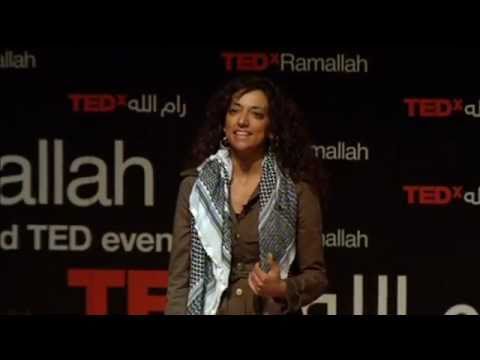Tag: Gaza
-
Guardian: Rachel Corrie’s family claim Israeli military withheld vital video evidence
11 July 2011 | The Guardian The family of Rachel Corrie, the US activist killed in Gaza while protesting against house demolitions in 2003, on Monday claimed the Israeli military authorities withheld video evidence during the Corries’ civil lawsuit and misled US officials on crucial details. Craig Corrie, Rachel’s father, told a press conference in…
-
Humanity Has No Nationality – هويدا عراف
16 April 2011 | Huwaida Arraf at TEDxRamallah Huwaida Arraf is a Palestinian lawyer with American and Israeli citizenship. In 2001 Huwaida co-founded the International Solidarity Movement (ISM), which has twice been nominated for the Nobel Peace Prize. Huwaida is co-author of “Peace Under Fire: Israel, Palestine, and the International Solidarity Movement.” She taught in…
-
Remembering Vittorio Arrigoni–Stay Human summer camp
7 July 2011 | International Solidarity Movement, Gaza At Vittorio’s funeral in Gaza the crowds chanted “Viktor is with the fisherman, Viktor is withthe farmers”, Vittorio is still with the people of Gaza. He lives on in their hearts. He has been honored with a football tournament in Rafah, with a street in Gaza, with…

